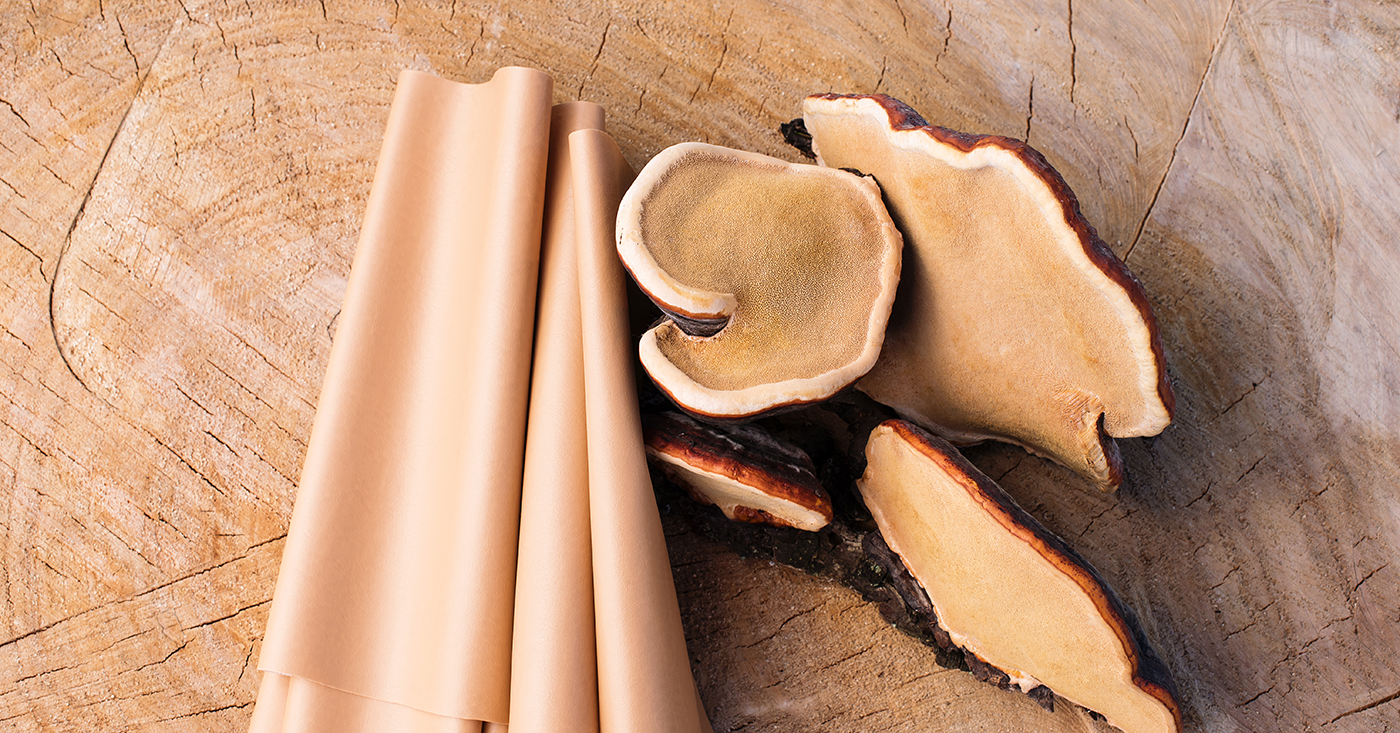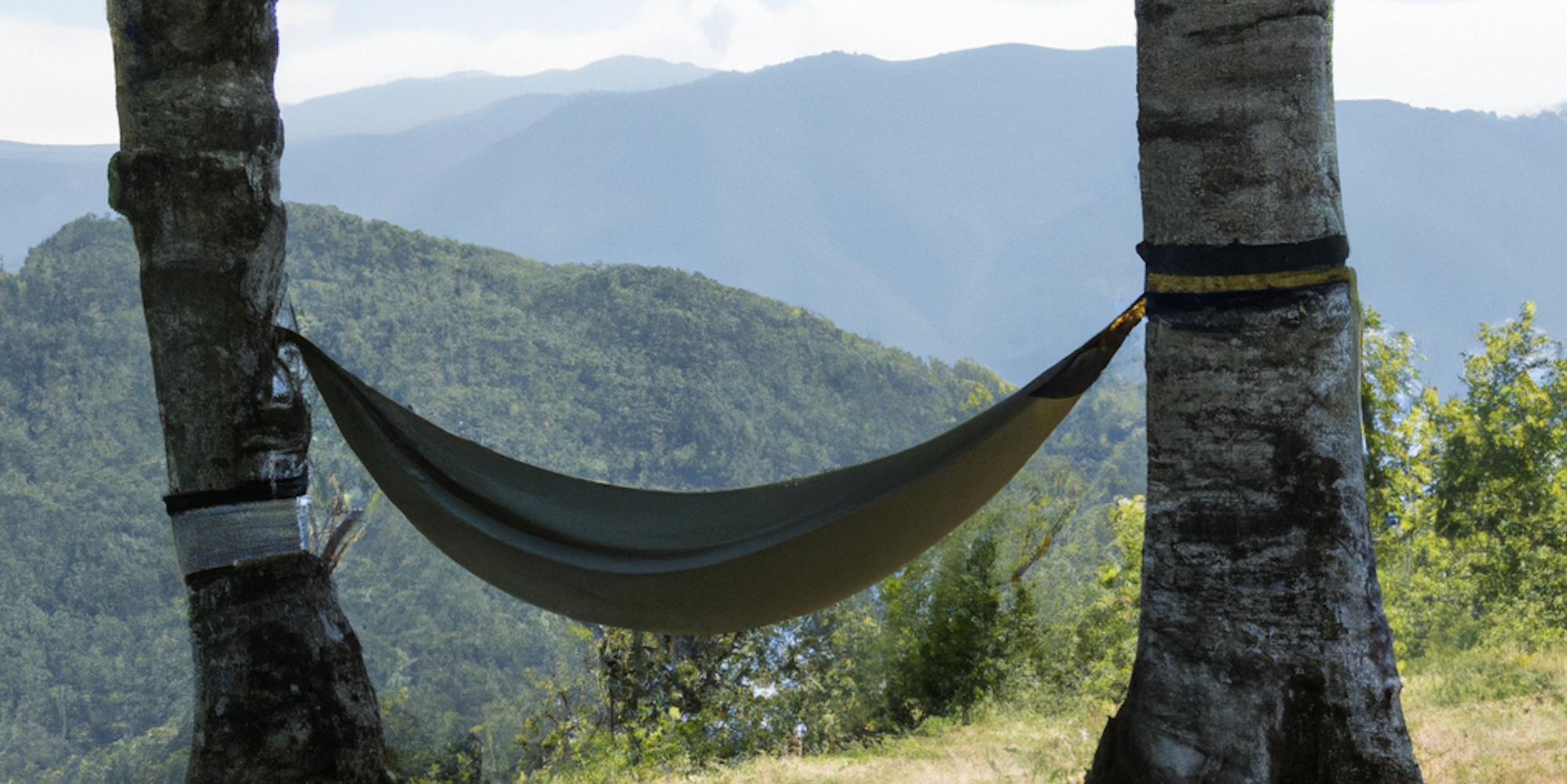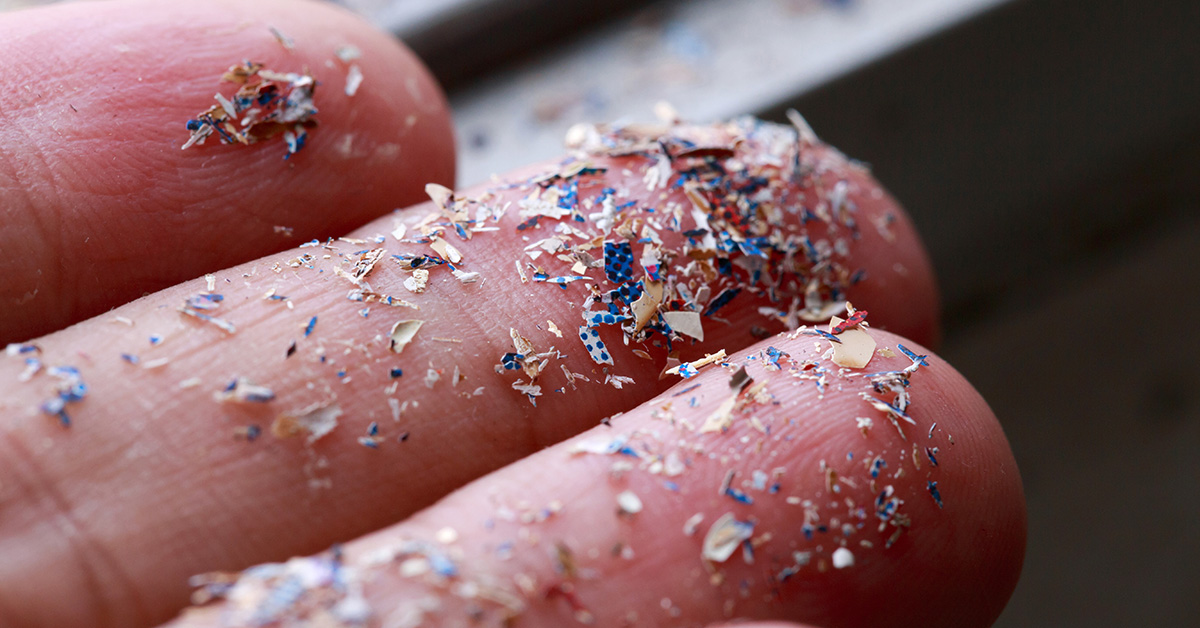Table of Contents

Mushroom Leather: The Future of Leather Is Fungal
We know mushrooms do incredible things. They feed us, heal us, and sustain the health of our ecosystems. But could you imagine wearing clothes made from mushrooms?
While it might sound farfetched, it’s something you’ll see in a not-so-distant future. It’s already being produced commercially by high-ranking brands!
In particular, material scientists have discovered that mushrooms can produce a high-quality alternative to traditional animal leather. It’s commonly called mushroom leather.
What is Mushroom Leather?
Mushroom leather is a leather-like material that has many of the valued properties of leather. It’s tough, resistent, flexible, and soft. Unlike traditional leather, mushroom leather can be produced without any of the socio-ecological consequences of traditional leather.
Why Should You Wear Mushroom Leather?
If you’re not automatically convinced that wearing fungi-derived products is AWESOME, there is a lot of good reasons why to use this leather alternative. Largely it’s because mushroom leather is a practical material that can be used to make anything traditionally made with animal leather. Handbags, shoes, bookcases, hats, you name it!
Secondly, you may choose to use mushroom leather because traditional animal leather has environmental and social consequences. Most often, animal leather originates from unsustainably farmed cattle that pose many environmental problems. Afterward the processing of leather usually involves toxic chemicals that impose contamination and hurt the health of leather workers.
How Do They Make Mushroom Leather?
Believe it or not, mushroom leather is not made from mushrooms. It’s produced from the vegetative tissues of mushroom-forming fungi. These are the white filamentous tissues known as mycellium.
Mycelium forms the non-reproductive parts of the fungi. It’s through mycelium that fungi feed, grow, and acquire the nutrients necessary to reproduce. That’s why a more technically accurate term called “Mycellium Leather” is often used. The term mushroom leather has caught on because mushrooms are the most culturally familiar and recognized part of the fungi.
Mycelium used in mushroom leather is grown via a specialty process unlike that of traditional mushroom cultivation. When growing mycellium for mushroom leather growers aim to grow pure films of mycellium.
Currently, there are many researchers developing methods for the production of this material. Because of this, the exact way of making mushroom leather varies depending on the producer. Since these are highly experimental processes the exact methods are often kept in secrecy.
Traditional Leather Is Not Environmental Friendly
Traditional Leather is made by tanning animal hides, most often from cows. The process of tanning preserves the hides so they are no longer biodegradable. While leather may be a “natural” material it’s not without consequence.
The environmental impacts of leather production are tied to two stages in its production.
- Traditional leather usually incentivizes unsustainable animal agriculture.
- Toxic chemicals are used in the processing of hides into leather.
**Environmental and Social Impacts of Animal Leather
- Water Pollution and Eutrophication
- Health Risks To Workers and Local Residents
- Animal Cruelty
- Soil Pollution
- Air Pollution
- High Water Usage
- Indirectly supports deforestation and global climate change.
Animal Leather Supports Industrial Animal Agriculture
Traditional leather is tied to a production system with a HUGE ecological footprint. Animal agriculture is one of the most unsustainable practices of human society. It is one of the leading causes of water pollution, deforestation, soil erosion, and global climate change. Removing your ties to animal agriculture is one of the easiest ways to significantly lower your environmental footprint. (Pro tip: Eat less meat and more mushrooms!)
While leather is in some ways a byproduct it does have its value to the industry. About 10% of the final value of rearing a cow. While this may not seem significant, it does incentivize the production and consumption of cattle.
While there does exist sustainable animal agriculture, it is BY FAR a minority when it comes to the traditional market. Most leather products you find originate from industrially reared cattle unless otherwise noted. If you are tied to traditional leather and care about the environment search for sustainably produced leather products.
Processing of Animal Leather Requires Toxic Chemicals
The processing of animal leather requires large quantities of toxic chemicals. These chemicals are used to soften, tan, and preserve the leather. Essentially they stabilize the natural components of leather so they won’t be biodegradable.
During the processing, these chemicals are mixed with water and released as effluent. Here they enter the soil and water to become pollution. If these chemicals inhibit life from consuming animal skins, imagine what they do to the environment!
Like is the case with animal rearing, there are natural ways to tan animal skins but they are rarely used. This is because they are more laborious and less effective than synthetic chemicals.
Toxic Chemicals Associated With Animal Leather Processing
- Mineral salts
- Formaldehyde
- Coal-tar derivatives
- Various oils
- Dyes
- Cyanide-based finishes
- Chromium
- Arsenic
Chromium Pollution and Toxicity Associated With Animal Leather
More than eighty percent of leather is processed using a metal called chromium. Chromium acts as a preservative that inhibits the degredation of leather. It is one of the most harmful materials used to process leather. Leather treated with chromium can also cause adverse reactions on individuals with sensitive skin.
Is Mushroom Leather Good For The Environment?
Mushroom Leather has the potential to be an environmentally friendly alternative to animal leather. While animals require high-quality food sources, fungal mycelium can be grown on waste products. Mushroom leather also requires less toxic chemicals for processing. What Does Mushroom Leather Feel Like? We all know the softness of cotton and the smoothness of silk, but have you felt the enticing feel of mushroom leather? While the quality of mushroom leather depends on the producer, its feel greatly resembles that of animal leather.
Who Makes Mushroom Leather?
Mushroom leather is not widely available but it is starting to find its way to market. Earlier this year Adidas released the Stan Smith Mylo sneakers which feature mushroom leather made by a biotechnology company called Bolt Threads. Their material dubbed “Mylo” is one of the first to hit the commercial market.
MycoWorks, another biotechnology company, is also producing a leather-like textile made from mushroom mycellium. Their textile called Reishi is a specialty grown product that is said to have superior qualities to traditionally made mushroom leather products.
Ecovative is another competitor in the race to develop high-quality mushroom textiles. Their mushroom leather called Forager is already available for purchase. They will also help individuals design systems for the production of these materials. Ecovative has already designed mycellium based packaging, surfboards, and other products.
Is Mushroom Leather Waterproof?
Most mushroom leathers are not going to be waterproof but they are usually water resistent. In this way, they are very similar to common leather. Through the right processing, they can be made into a waterproof material.
Is Mushroom Leather Durable?
When properly taken care of mushroom leather should be equally as durable as animal leather. The main building block of fungal cells known as Chiten is also what composes the hard exoskeleton of insects.
Is Mushroom Leather Stain Resistant?
Until this moment no producer of mushroom textiles has claimed their product to be stain resistant.
What Does Mushroom Leather Look Like?
Mushroom Leather looks a lot like traditional leather. It’s thick, tough, but also velvety and soft. It can be made in a wide variety of sizes, thicknesses, and colors.
Who Invented Mushroom Leather?
Turns out the use of mushrooms as textiles aren’t anything new. Fungal mycelium has been used as fabric for centuries by the traditional cultures of North America and Eastern Europe. In Eastern Europe, processed mycelium from the fruiting bodies of a polypore mushroom (Fomes fomentarius) has been used traditionally as a textile. The fruiting bodies are delaminated by boiling them alkaline water and then undergo further processing. Its texture is tough and velvety. The resulting material is often compared to felt. It is commonly used to make hats like the one worn by the famous mycologist Paul Stamets.
In North America, the indigenous people of the Pacific Northwest traditionally used mycelial mats that grow within the decaying old-growth trees as a textile. While there isn’t much evidence of these artifacts, mycelium pouches dating over 150 years old have been found. Microscopic analysis of these textiles confirmed that their origins are from the mycellium of a polypore mushroom.
Is Mushroom Leather Better Than Animal Leather?
It depends. By some standards, mushroom leather is considered to be an equivalent or superior material to animal leather. Since there are many different producers of mushroom leather quality does vary. As research on this topic continues advancing far-superior materials will likely be made available.
Why Is Mushroom Leather Expensive?
By most standards, mushroom leather is considered a pretty expensive material. This is since production is still in a stage of research and development. The scales at which mushroom leather is produced are also relatively small and upscaling requires the development of new tools, machinery, and technology.
Other Environmentally Friendly Alternatives to Traditional Leather
Microbial Leather - Microbial leather is produced from microorganisms that form biofilms which can be used as a textile. One of the most commonly seen forms of microbial leather is that produced from Kombucha SCOBYs. The SCOBYs are films of symbiotic yeasts and bacterias that are produced during the fermentation of Kombucha beverages.
Hemp Leather - Hemp Leather is produced from the fibers of industrial hemp, the non- psychoactive cousin of cannabis. Hemp is highly regarded for its strength and adaptability to different biotechnical processes. Hemp Bio Leather is a Danish company that makes 100% hemp leather.
Cactus Leather - Cacti are quickly becoming important players in the world of biomaterials. Cacti can be processed into many different types of materials that can mimic anything from leather to plastic. Many cacti can also be grown on degraded or desertified lands with very little resources. The company Desserto is already offering a wide range of products made from this cactus leather.
Fish Leather - While it’s not vegan, fish leather is another leather alternative that’s looking to compete with natural animal leather. It’s made using fish skins that are traditionally a waste product of the massive fishing industry. Fish Leather is said to be even stronger and more durable than traditional leather. Also, it doesn’t smell like fish!


